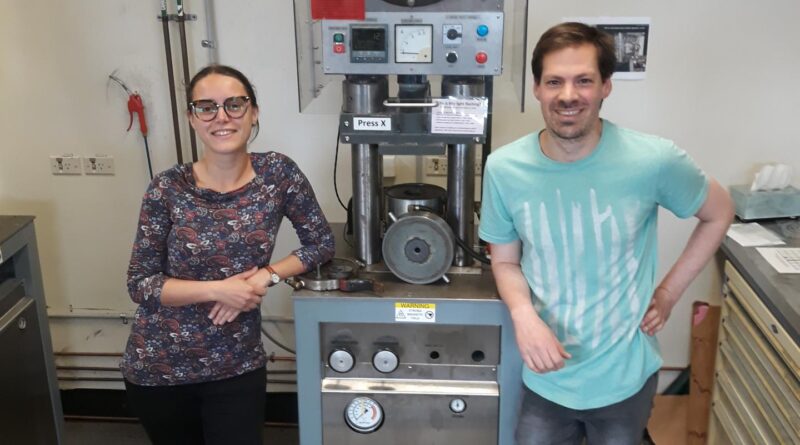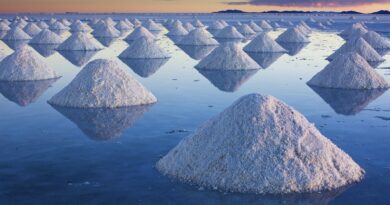Geologists unravel how rare earth elements form
A team of geologists has helped to solve an age-old mystery about how rare earth element (REE) deposits form underground and why sometimes they seem to disappear without a trace.
The team, led by geologist Michael Anenburg from Australian National University, wanted to explore the chemical mechanisms by which REEs form under the surface, specifically in and around the igneous carbonatite rock closely associated with the elements.
Postdoctoral Fellow Dr Michael Anenburg is currently working on various magmatic-hydrothermal processes that lead to the formation of ore deposits of rare metals, including the REE (La-Lu), Y, PGE (platinum group elements), etc. He is particularly interested in the behaviour of these metals in carbonatites and related systems.
To investigate the mineralisation processes behind carbonatite-associated REE deposits, Anenburg and his team simulated what happens when carbonatite rock heats up under high pressure, before cooling and depressurising much like it would in natural magmatic processes.
Putting small amounts of synthetic carbonatite into silver or nickel capsules in a piston-cylinder apparatus, the researchers subjected the samples to temperatures of up to 1,200 °C (2,192 °F) at pressures up to 2.5 gigapascals (GPa), before gradually decompressing and cooling them down to 200 °C (392 °F) and 0.2 GPa.
Until now, scientists believed certain ligands – molecules capable of binding to REEs, including chlorine and fluorine – were necessary to make REEs soluble, capable of mobilising the chemicals into crystallised concentrations capable of extraction.
But that’s not what the experiment showed. Instead, the results suggest that alkaline chemicals are required for REE transport in and around carbonatites as a precursor for economic-grade mineralisation, with the experiment showing that sodium and potassium helped to render the REEs soluble.
The researchers say alkali-bearing carbonatites are capable of forming REE-rich fluids that can migrate long distances in magmatic-like conditions, while retaining high REE solubilities.
It’s a step forward, and one that overhauls our knowledge on the background processes involved in REE formation and concentration.
“This is an elegant solution that helps us understand better where ‘heavy’ rare earths like Dysprosium and ‘light’ rare earths like Neodymium may be concentrated in and around carbonatite intrusions,” explains senior author and geologist Frances Wall from the University of Exeter.
Rare earth elements are a set of 17 valuable chemical elements that are very important in manufacturing technological devices, being used as critical raw materials in everything from smartphones to disk drives, wind turbines, satellites, electric vehicles, medical equipment, and more.
Although their name suggests they are rare, they can in fact be relatively abundant resources in earth’s crust; their scattershot dispersion makes them difficult to isolate and extract from under the surface, let alone in environmentally friendly ways.
Because of this, concentrated RRE deposits are highly coveted natural resource, and scientists are continually looking into devising new and better ways of finding and securing the valuable minerals.
CAPTION: Co-authors Corinne Frigo and Michael Anenburg in front of a piston cylinder apparatus at the Research School of Earth Sciences, Australian National University




